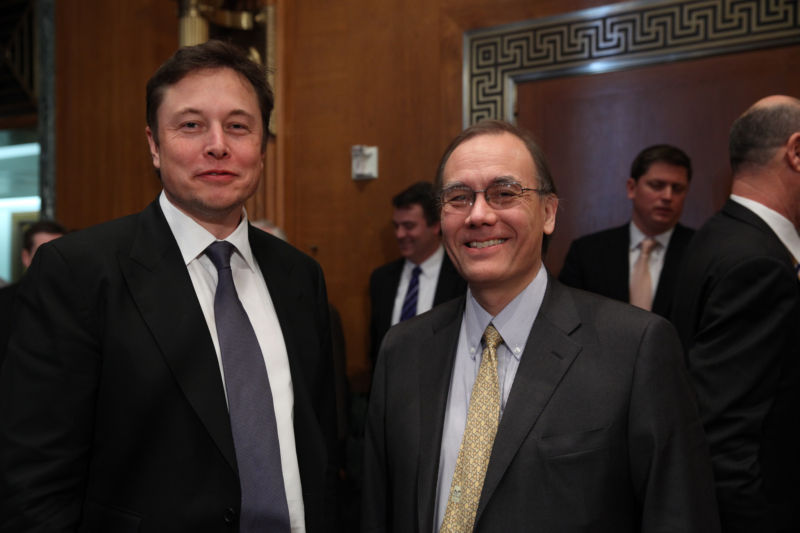
In recent months, the executive secretary of the National Space Council, Scott Pace, has worked assiduously behind the scenes to develop a formal space policy for the Trump administration. In a rare interview, published Monday in Scientific American, Pace elaborated on some of the policy decisions he has been helping to make.
In the interview, Pace explained why the Trump administration has chosen to focus on the Moon first for human exploration while relegating Mars to becoming a "horizon goal," effectively putting human missions to the Red Planet decades into the future. Mars was too ambitious, Pace said, and such a goal would have precluded meaningful involvement from the burgeoning US commercial sector as well as international partners. Specific plans for how NASA will return to the Moon should become more concrete within the next year, he added.
In response to a question about privately developed, heavy-lift boosters, the executive secretary also reiterated his skepticism that such "commercial" rockets developed by Blue Origin and SpaceX could compete with the government's Space Launch System rocket, which is likely to make its maiden flight in 2020.
"Heavy-lift rockets are strategic national assets, like aircraft carriers," Pace said. "There are some people who have talked about buying heavy-lift as a service as opposed to owning and operating, in which case the government would, of course, have to continue to own the intellectual properties so it wasn't hostage to any one contractor. One could imagine this but, in general, building a heavy-lift rocket is no more 'commercial' than building an aircraft carrier with private contractors would be."
Commercial or not commercial
With these comments, Pace seems to be equating NASA's SLS rocket with Blue Origin's New Glenn and SpaceX's Falcon Heavy, saying one rocket is no more commercial than any other. However, under closer scrutiny, there is no comparison between the amount of funding that NASA has spent on its own rocket and the other boosters.
The space agency has been working on the SLS rocket since 2011, and it annually spends in excess of $2 billion on development of the vehicle. Additionally, NASA spends $400 million or more per year on ground systems at Kennedy Space Center to support future SLS launches. These costs are likely to continue for nearly a decade until the SLS rocket reaches an operational cadence of approximately one mission per year.
By contrast, NASA has invested no money into Blue Origin's New Glenn rocket. This launch system, which has a large payload fairing and is capable of many lunar missions, has almost exclusively been privately developed. Blue Origin is funded by Amazon founder Jeff Bezos, who just sold $1.1 billion in Amazon stock to continue support for his rocket company. Another company, United Launch Alliance, has invested some funding to the BE-4 rocket engine but nothing to the New Glenn project.
It is true that SpaceX has obtained funding from NASA to fly cargo missions to the International Space Station. Since 2006, SpaceX has received about $2 billion from NASA for these flights and used some of those funds to finalize development of the Dragon spacecraft and Falcon 9 rocket. Although the Falcon Heavy rocket uses three Falcon 9 cores, SpaceX has received no direct public funding for the heavy-lift rocket itself—it simply leveraged some of the technology it used to fulfill the NASA contract.
Not only have private funds largely or exclusively built these heavy-lift vehicles, the New Glenn and Falcon Heavy are commercial vehicles in another sense. Certainly, as Pace asserts, there has been no commercial use of aircraft carriers; and likewise, NASA will use the Space Launch System almost exclusively for its own missions. However, both Blue Origin and SpaceX have already sold several flights of their rockets to commercial satellite companies.


No comments:
Post a Comment